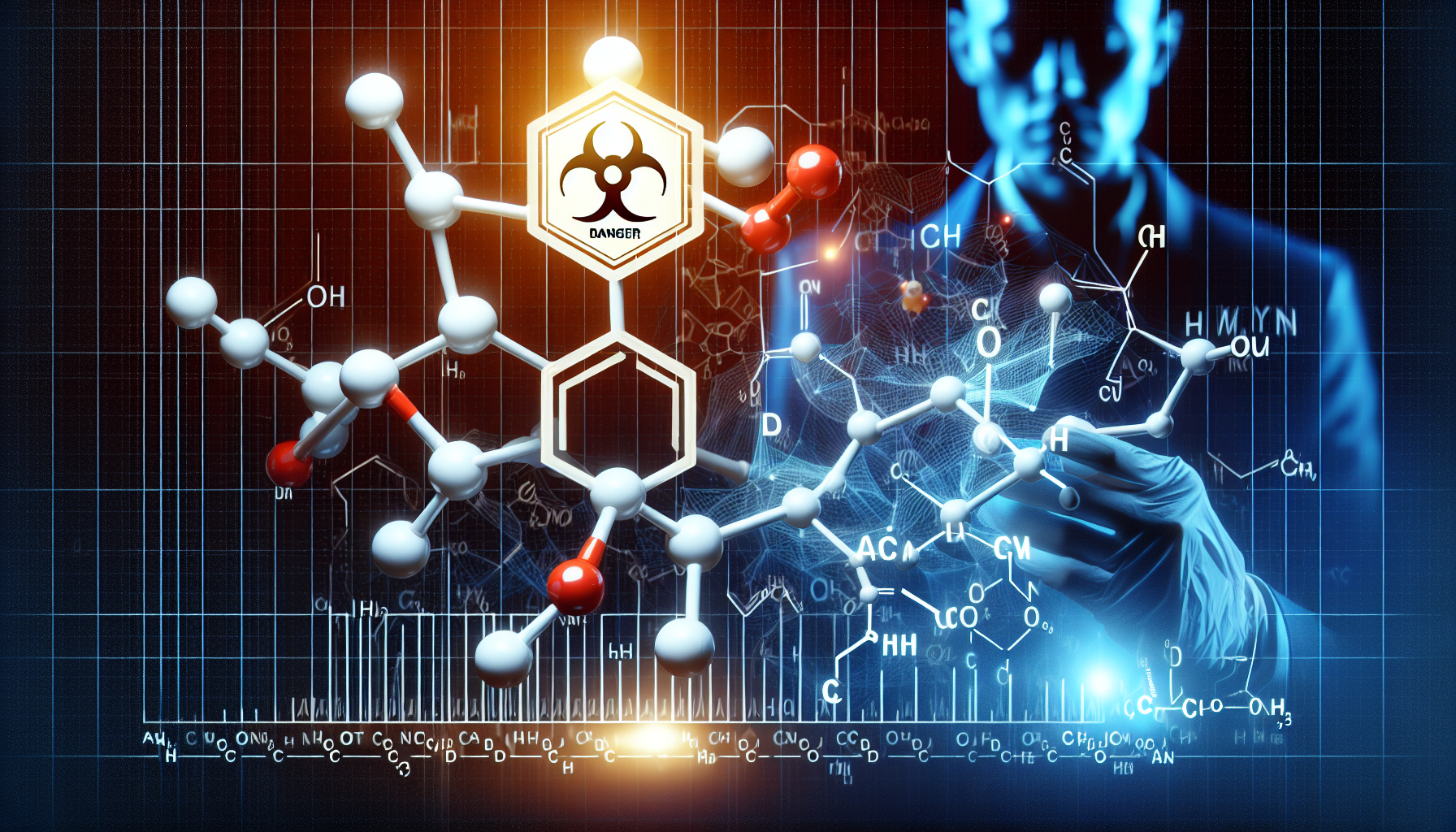Cocaethylene and Suicide: The Hidden Danger of Mixing Cocaine and Alcohol
Few people pause to consider just what unfolds inside the body when cocaine and alcohol cross paths. The answer is a toxic chemical called cocaethylene. A substance many have never heard of, despite the spiralling health risks and newly uncovered links to suicide risk in the UK.
What Exactly Is Cocaethylene?
Cocaethylene is no ordinary compound. When someone takes cocaine and drinks alcohol at the same time, the liver undertakes unusual chemistry. Rather than breaking down cocaine in its usual way, the presence of alcohol redirects the process, leading instead to the creation of cocaethylene. Unlike cocaine alone, this metabolite lingers in the body far longer and exerts stronger, more damaging effects.
The Potent and Prolonged Dangers of Cocaethylene
Why does cocaethylene matter so much? For starters, it is far more toxic than cocaine by itself. Health experts have highlighted that cocaethylene not only increases the risk of fatal overdose but is also notorious for stressing the heart and liver, leading to sudden cardiac problems and the risk of permanent organ damage. Some people have experienced life-altering consequences after thinking a few hours of fun would be harmless.
What makes it even more troubling is that cocaethylene’s effects last three to five times longer than those of cocaine alone. This means stimulant highs are extended, but so is the burden on the cardiovascular system and the brain. The body faces a longer assault of elevated blood pressure, irregular heartbeat, and intense strain on the nervous system. Many who believed they had fully metabolised the substance later found themselves still at risk, sometimes with tragic outcomes.
UK Research (2024-2025): A Sharper Focus on Suicide Risk
Recent studies carried out in the UK have raised significant alarm bells about the psychological dark side of cocaethylene. Extensive reviews published in 2024 and 2025 confirm a worrying trend: individuals who form cocaethylene in their bodies by mixing cocaine and alcohol experience greater psychological distress and face an elevated risk of suicidal thoughts and behaviour.
Why does this happen? Researchers are finding that cocaethylene doesn’t just prolong the physical highs and lows. It appears to amplify emotional instability as well. Some psychiatrists in the UK have observed a marked increase in aggression, impulsivity, and severe mood swings among those who use both substances together. Even people with no prior history of depression or anxiety have reported feelings of paranoia, hopelessness, or irrational despair after a night of combined use.
Several high-profile cases. Some involving celebrities, others ordinary individuals. Have brought this issue into the limelight. Coroners and forensic toxicologists have drawn direct connections between fatal self-harm and the presence of cocaethylene in the body at the time of death. This has sparked new calls for heightened public awareness and urgent prevention strategies.
The Psychological Toll: How Cocaethylene Affects the Mind
Unlike cocaine or alcohol alone, cocaethylene changes the landscape of mental health in particularly harmful ways. The neuroscience behind this is complex, but the effects are deeply felt. Cocaethylene increases the availability of three crucial brain chemicals: dopamine, serotonin, and noradrenaline. This exaggeration of neurotransmitter activity can briefly produce euphoria, but it does so at enormous mental cost.
Cocaethylene has also been shown to trigger the release of stress hormones such as cortisol and ACTH (adrenocorticotropic hormone), which keeps the body locked in a heightened state of stress long after the party ends. For some, this results in days of anxiety, restlessness, and sleep disturbance. An emotional hangover that lingers well beyond the expected come-down. People with a history of mental health challenges are particularly vulnerable, but even otherwise resilient individuals have reported feeling emotionally raw, detached, or reckless in the days following use.
Recognising the Warning Signs and Reducing Harm
Spotting the signs of cocaethylene’s impact is rarely straightforward. The symptoms can masquerade as typical effects of a hangover or comedown, yet there’s more at play: persistent chest pain, prolonged palpitations, sudden and intense mood changes, or thoughts of hopelessness should not be dismissed. Some people experience paranoia, agitation, or confusion that may not align with their usual personality. Friends and family members might notice these shifts first, even before the individual realises something is wrong.
There are ways to step away from this danger. For many, the safest choice is to avoid mixing cocaine and alcohol altogether. However, some may find that complete abstinence isn’t immediately possible. In these cases, harm reduction strategies are vital: limiting use, spacing out sessions, staying hydrated, seeking out non-judgemental support, and reaching out to confidential helplines or treatment centres if distress starts to take hold. Peer support groups and harm reduction services across the UK are reporting more cases of people seeking help after a frightening episode with cocaethylene. An encouraging sign that awareness is growing.
Reflections, Hope, and a Call to Action
For years, mixing cocaine with alcohol was downplayed as a wild night out, yet the science now tells a sobering story. Cocaethylene is not only more dangerous than its parent substances, but it is also more likely to leave a toxic legacy on mental health. Sometimes with irreversible outcomes.
If you, or someone you care about, ever feels suddenly low, out of sorts, or overwhelmed after using these substances, take it seriously. Asking for help might feel daunting, but thousands of people every year find support, break the cycle, and rediscover hope by reaching out.
Let’s bring the hidden dangers of cocaethylene into the open. Knowledge and conversation remain our most powerful tools against this silent threat. Share what you’ve learned, support those at risk, and encourage anyone struggling to speak up. Together, we can drive change and save lives.


Leave a Reply